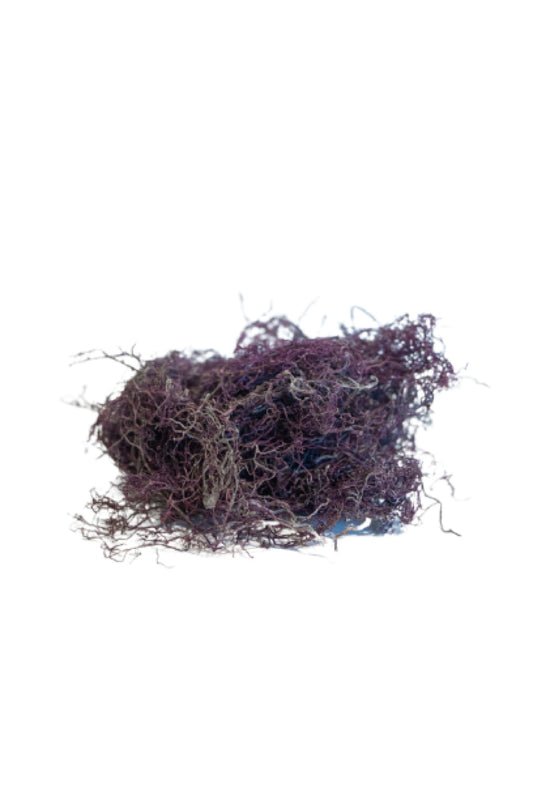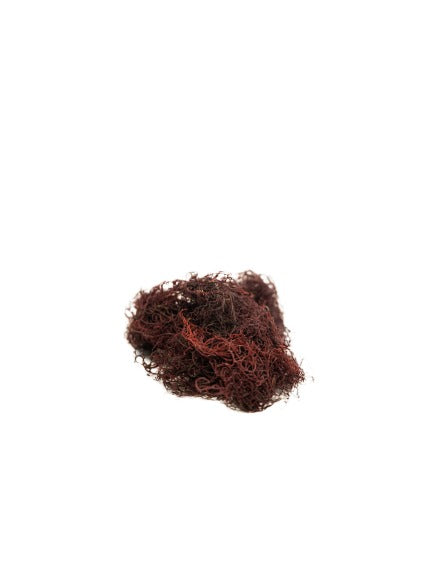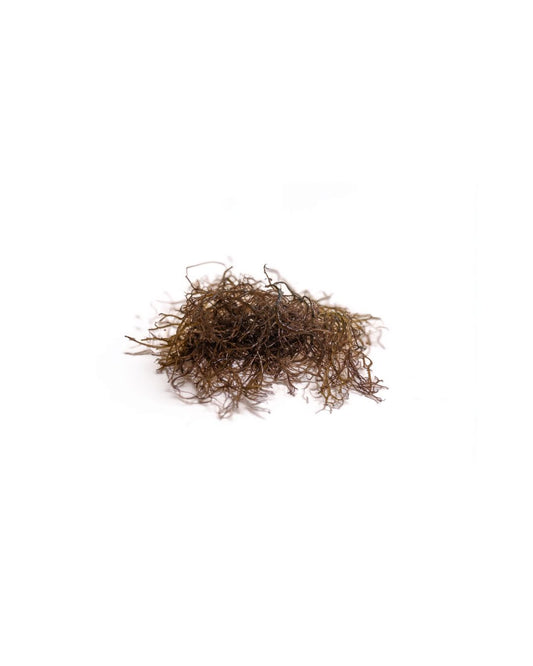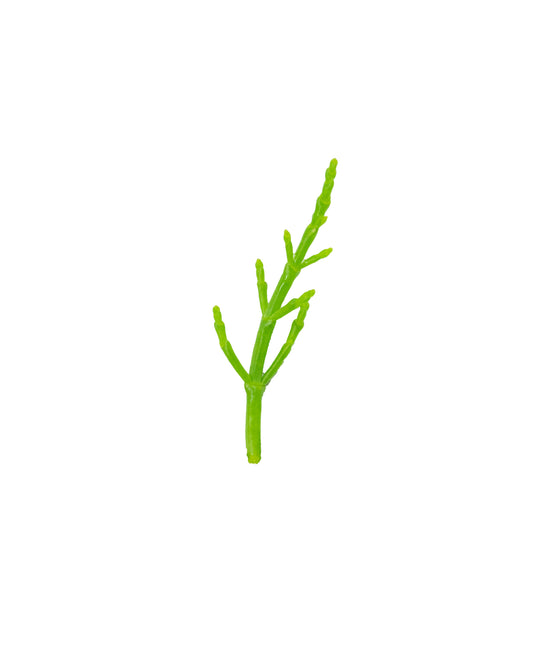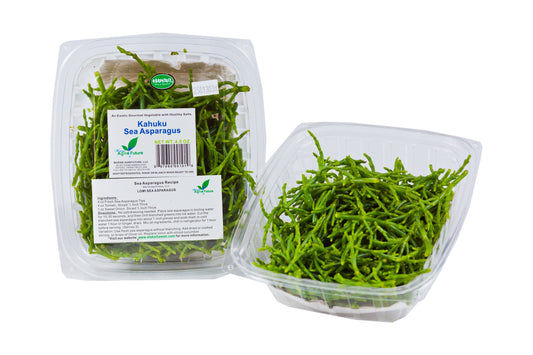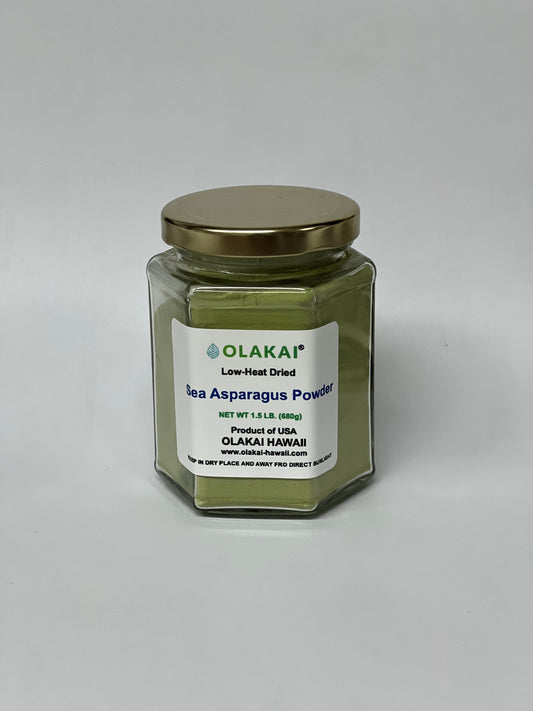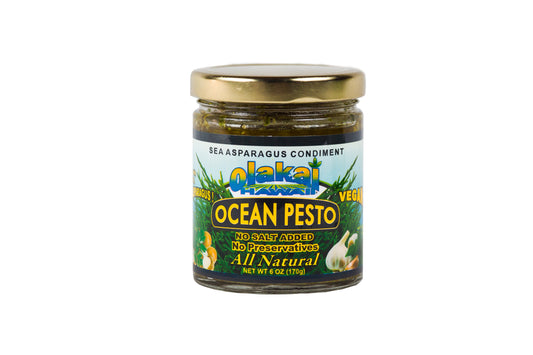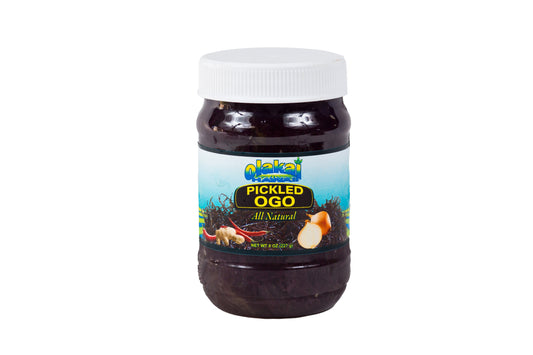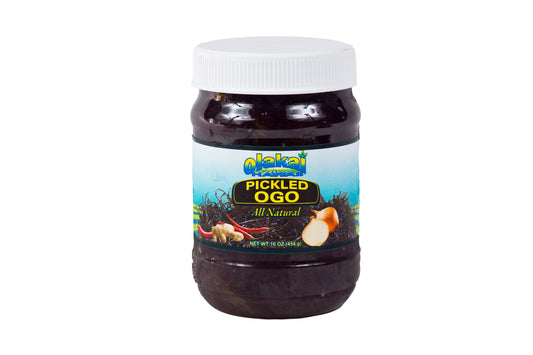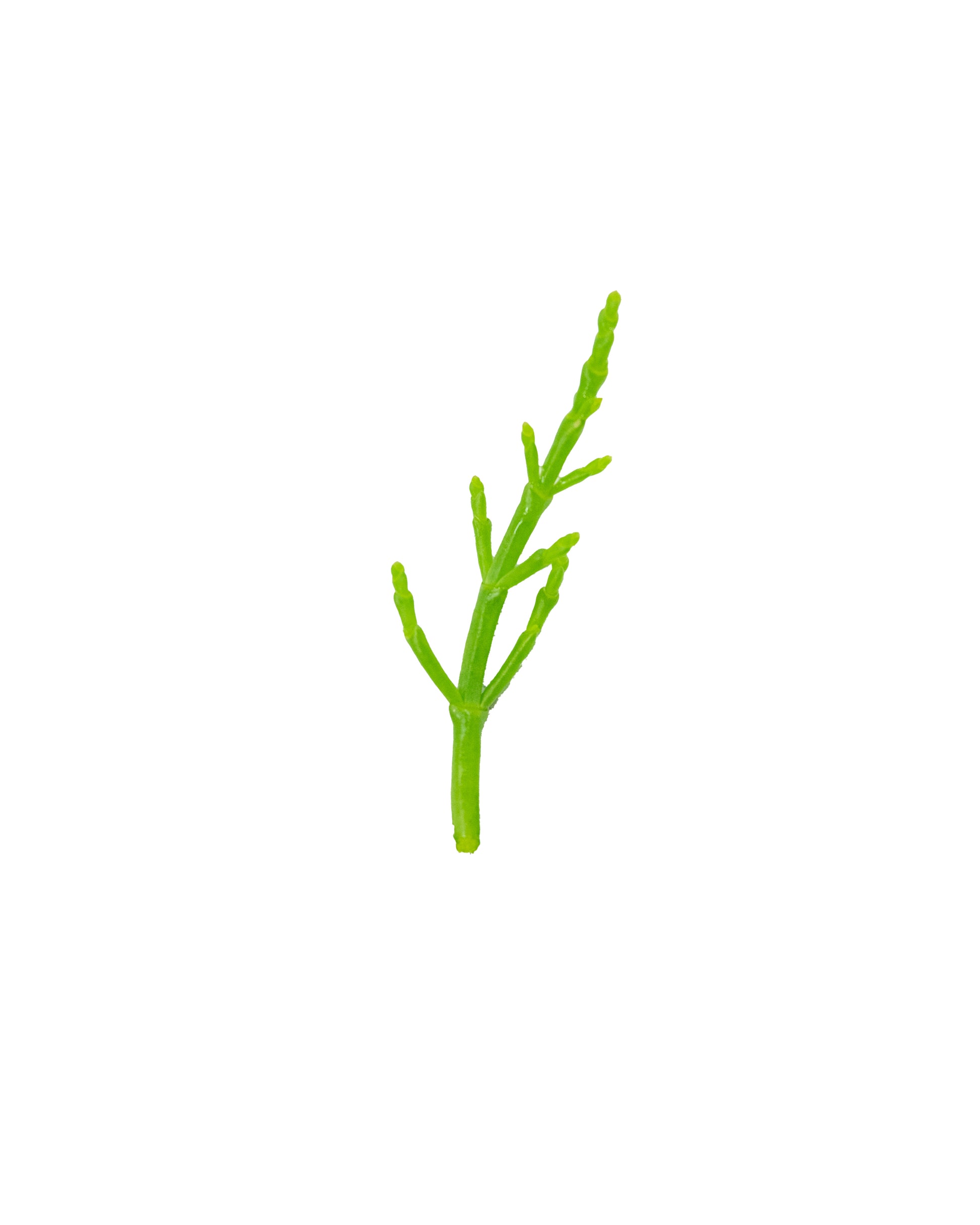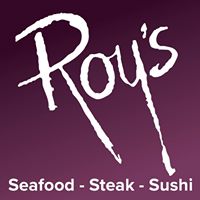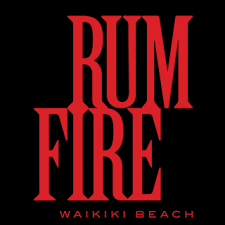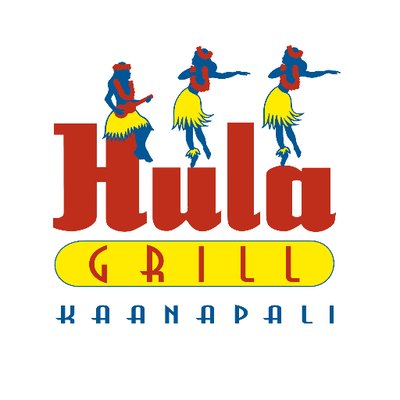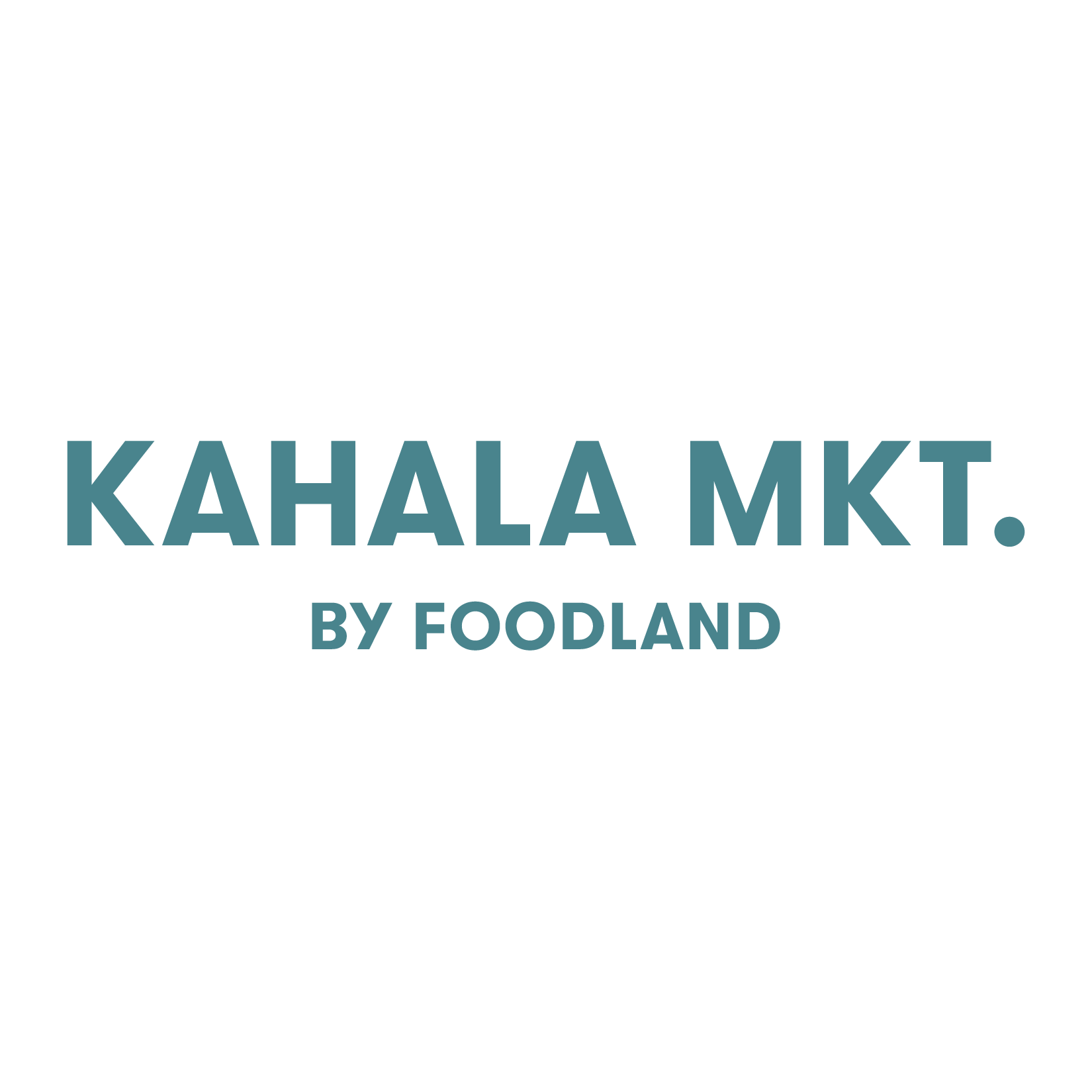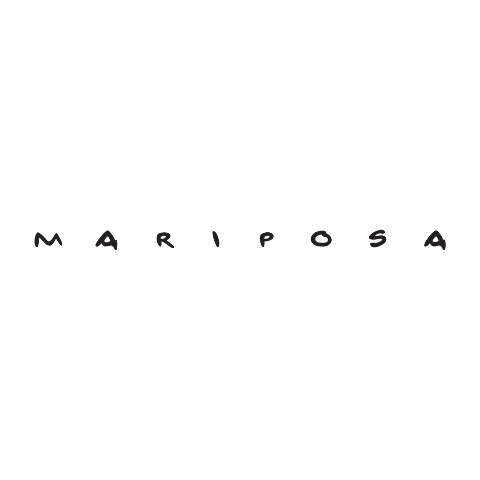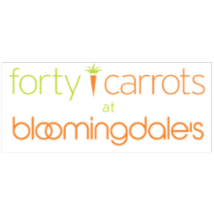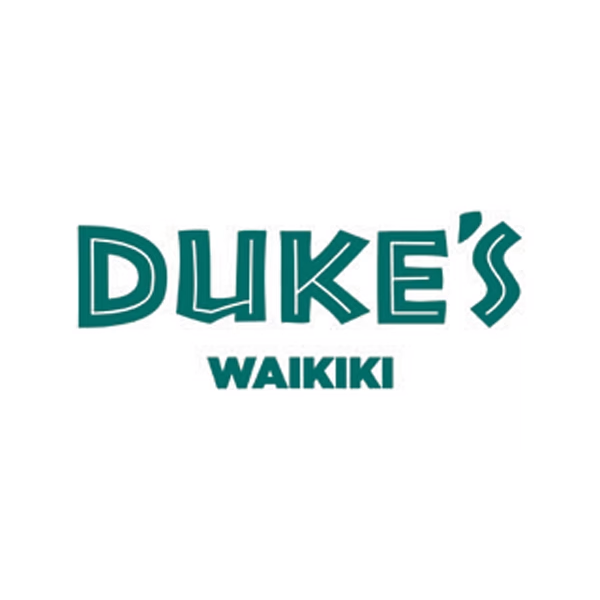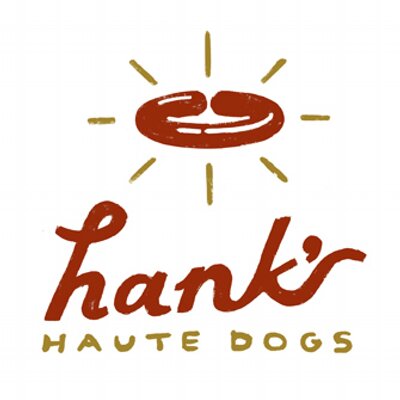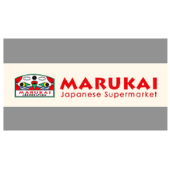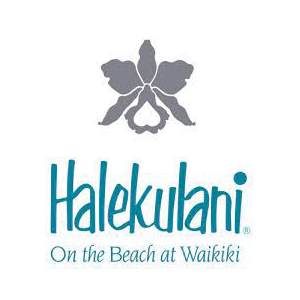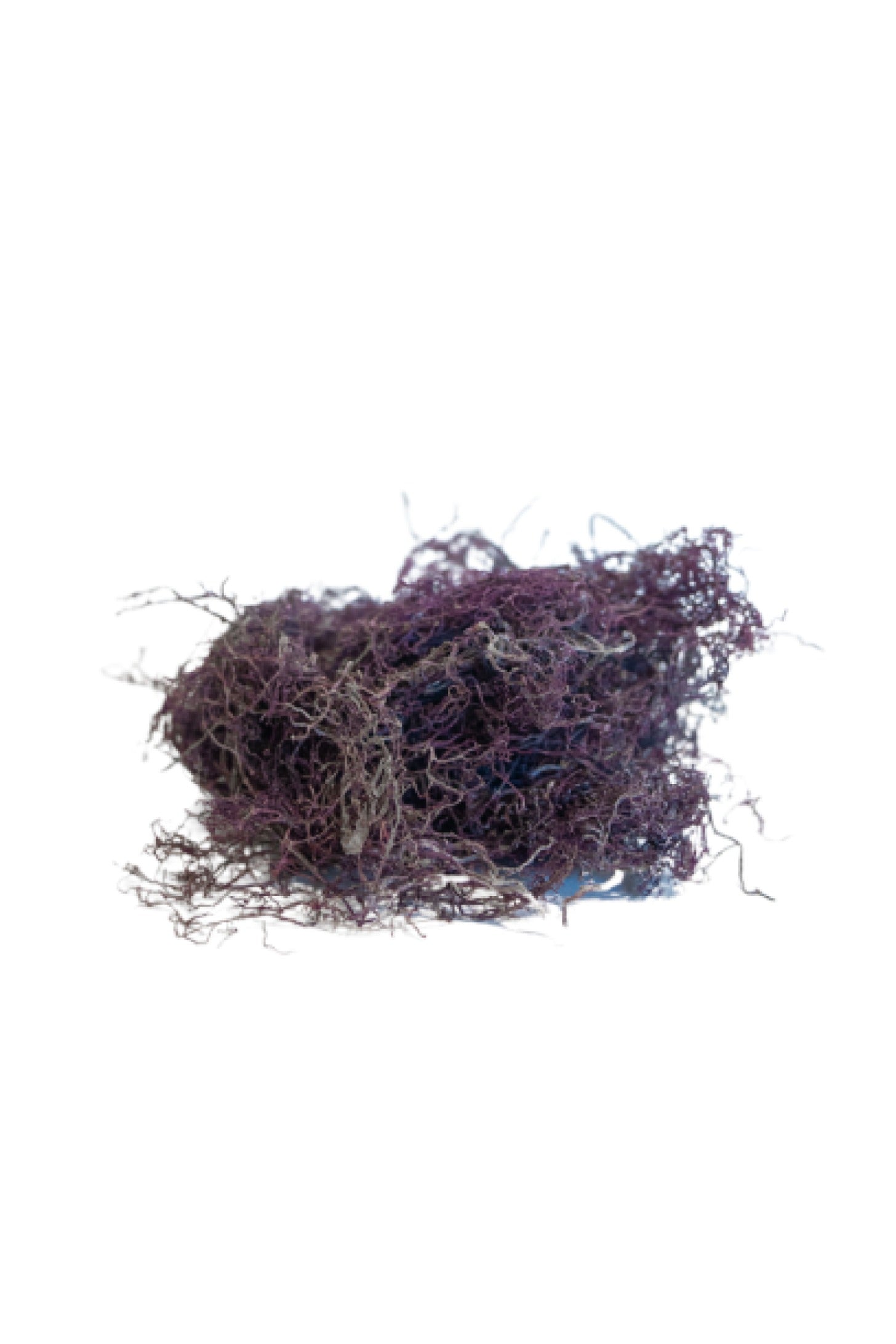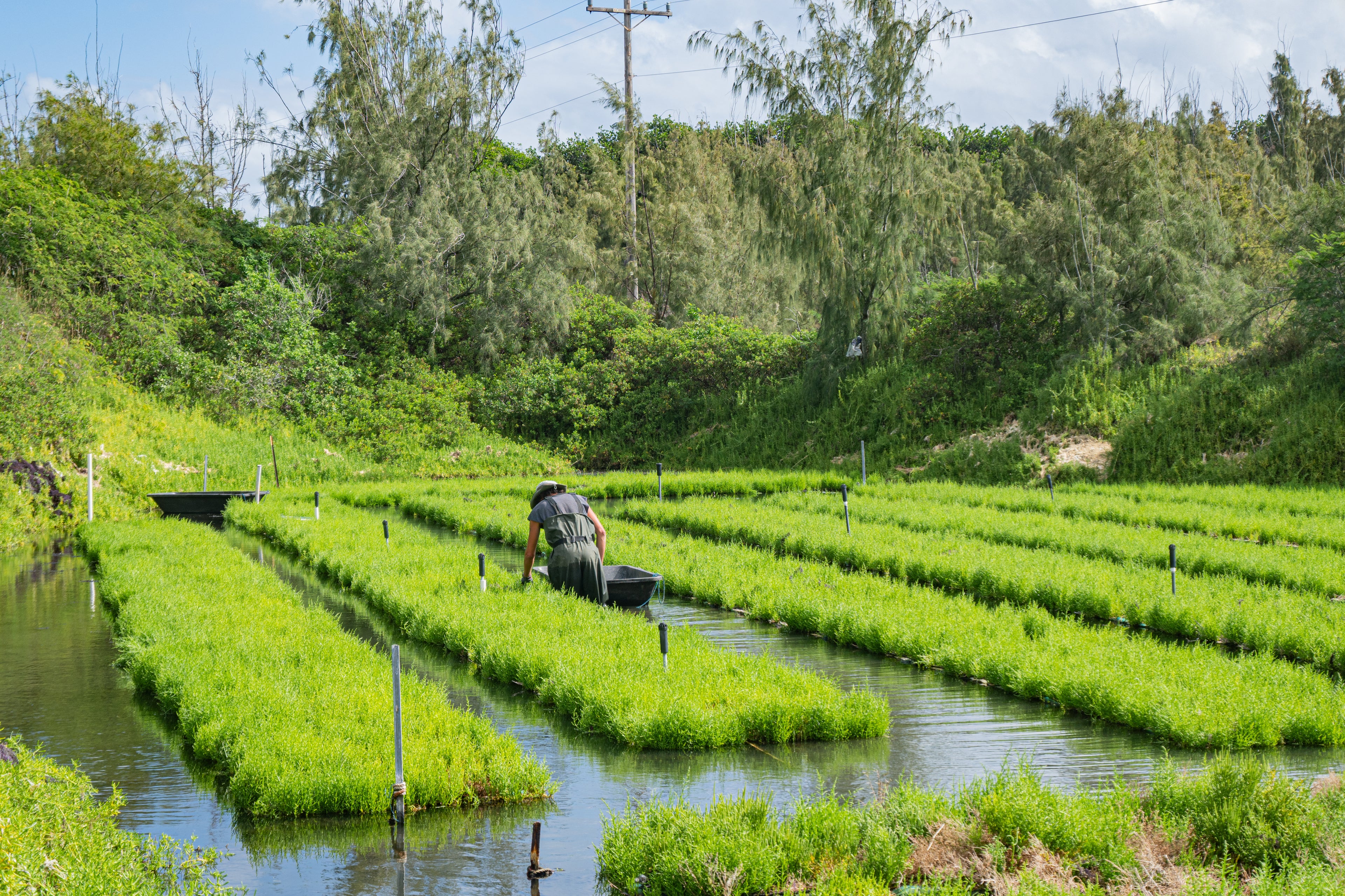
Health From The Sea
Olakai uses sustainable Saltwater Farming to produce top-quality Sea Asparagus & Ogo Seaweed products with natural flavors.
OUR PRODUCTS
Olakai serves a large and growing population of health conscious consumers and retailers in Hawaii. We distribute indirectly to food services and retail stores around Oahu and the neighboring Hawaiian Islands.
-
Dry Red Ogo
Regular price $17.00 USDRegular priceUnit price / per -
Dry Sea Lettuce
Regular price $17.00 USDRegular priceUnit price / per -
Fresh Sea Asparagus
Regular price From $3.31 USDRegular priceUnit price / per -
Low-Heat Dried Sea Asparagus Powder
Regular price $35.00 USDRegular priceUnit price / per -
Ocean Pesto
Regular price $10.59 USDRegular priceUnit price / per -
Pickled Ogo
Regular price From $8.76 USDRegular priceUnit price / per

OLAKAI
Renewable Marine Agriculture
To overcome the global challenges of deficient fresh water and arable land, and food security, Dr. Wenhao Sun and partners founded Marine AgriFuture, LLC.dba Olakai Hawaii in 2006. At Olakai Hawaii we utilize seawater and solar resources to produce land-based crops and seaweed with innovative Marine Agriculture technology in an anti-algae saline aquaculture system all year round for world’s food markets.

our products
Sea Asparagus
One of our major products, Sea Asparagus (also called Sea beans, Salicornia, Samphire) is a salty, but salt-free and nutrient dense vegetable, being a smart choice for people who need food prepared with little or no table or sea salt. Thanks to Hawaii’s clean water and air, and the unique seawater hydroponics, we have provided safe and premier sea asparagus for smart-earing customers for almost two decades.
Olakai Hawaii
Fresh Sea Asparagus
Share

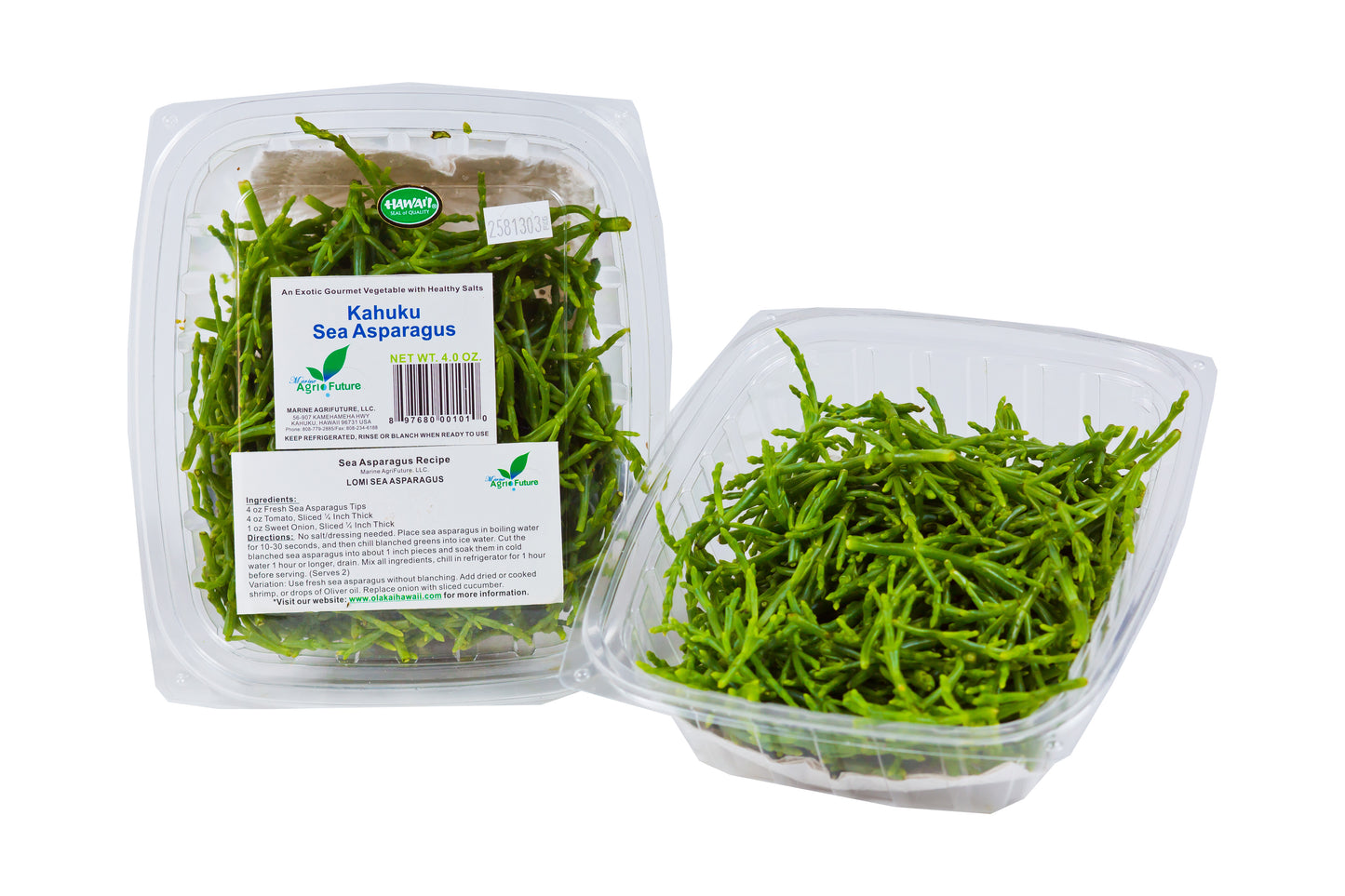
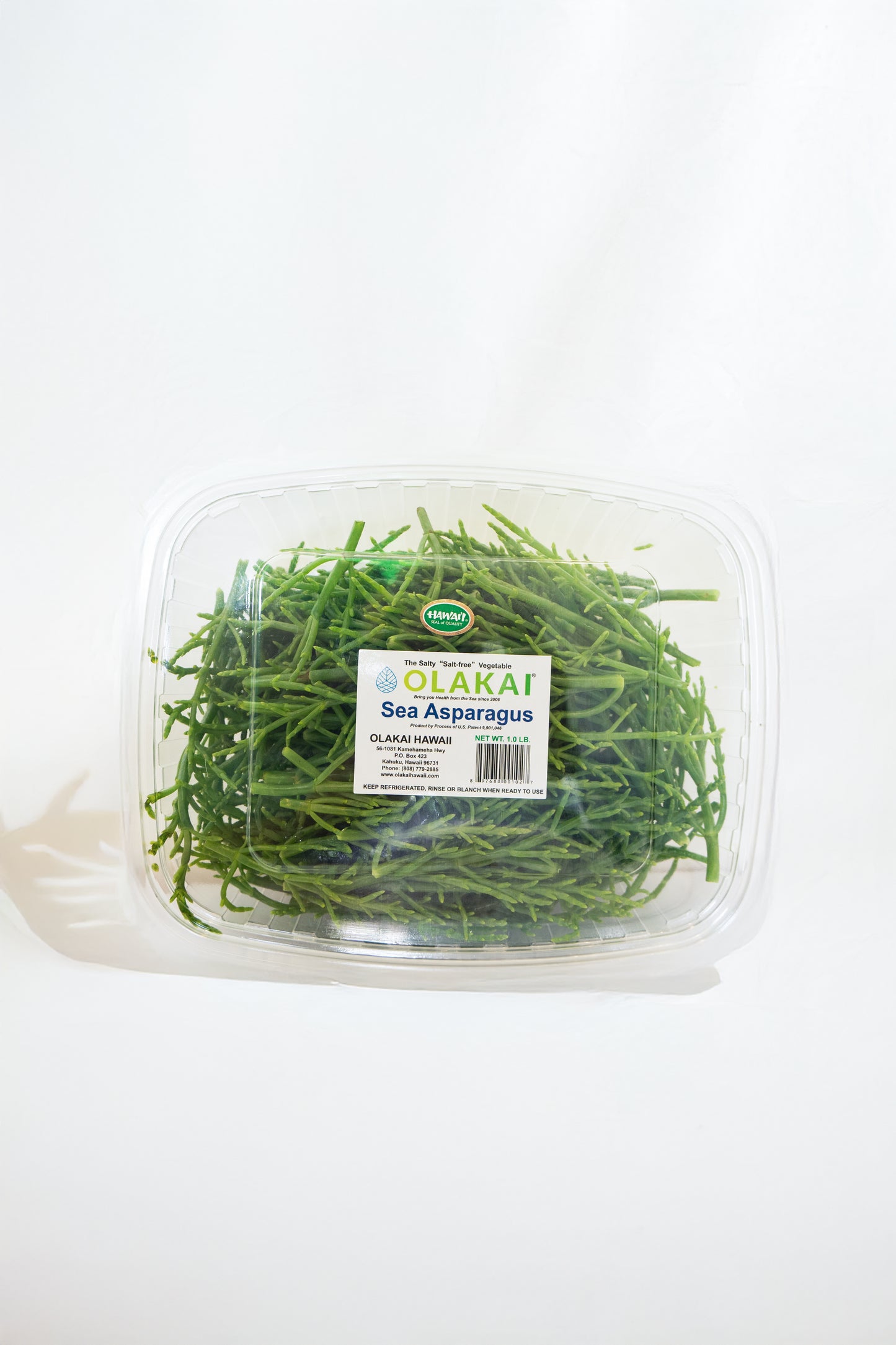
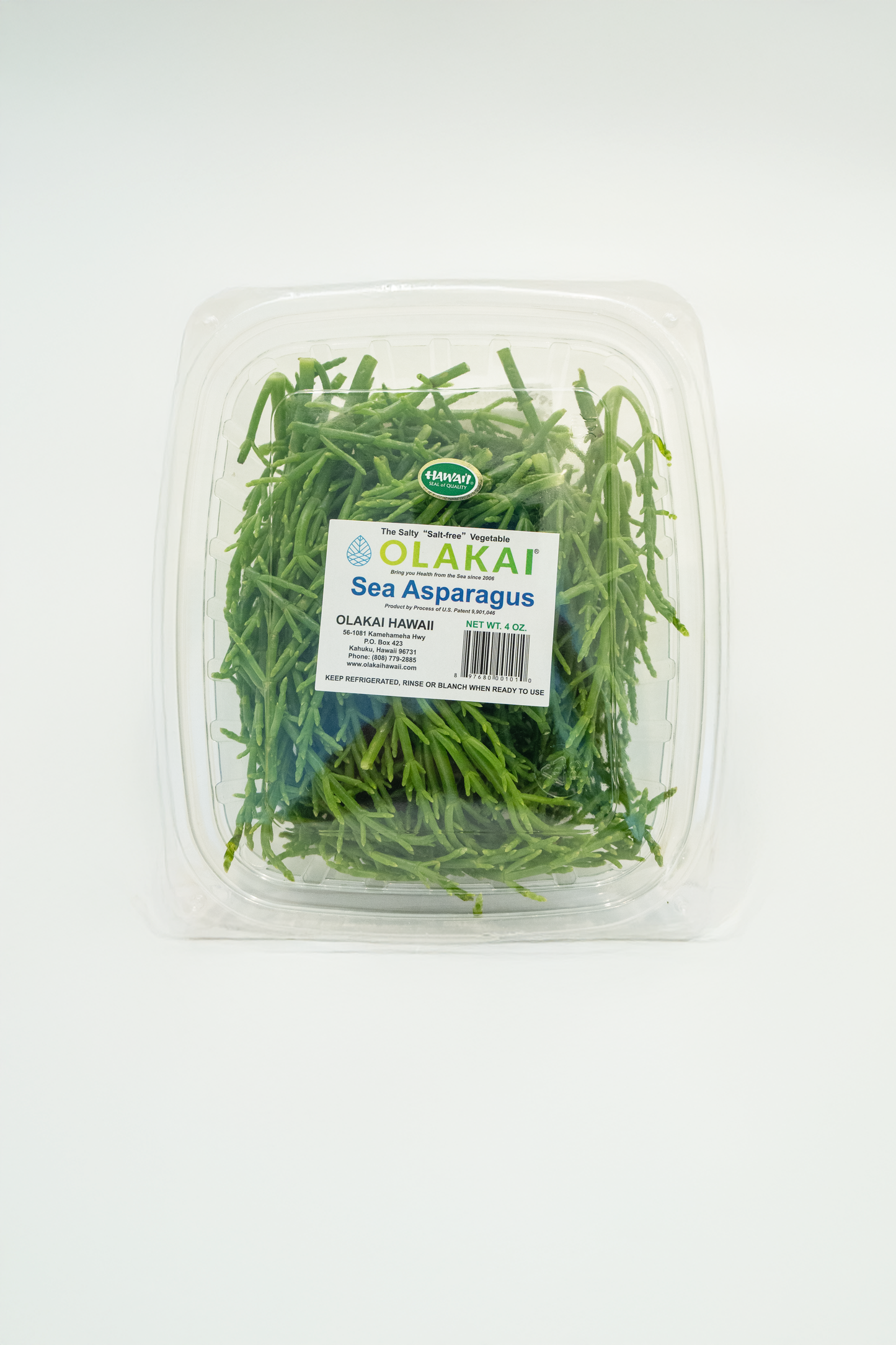
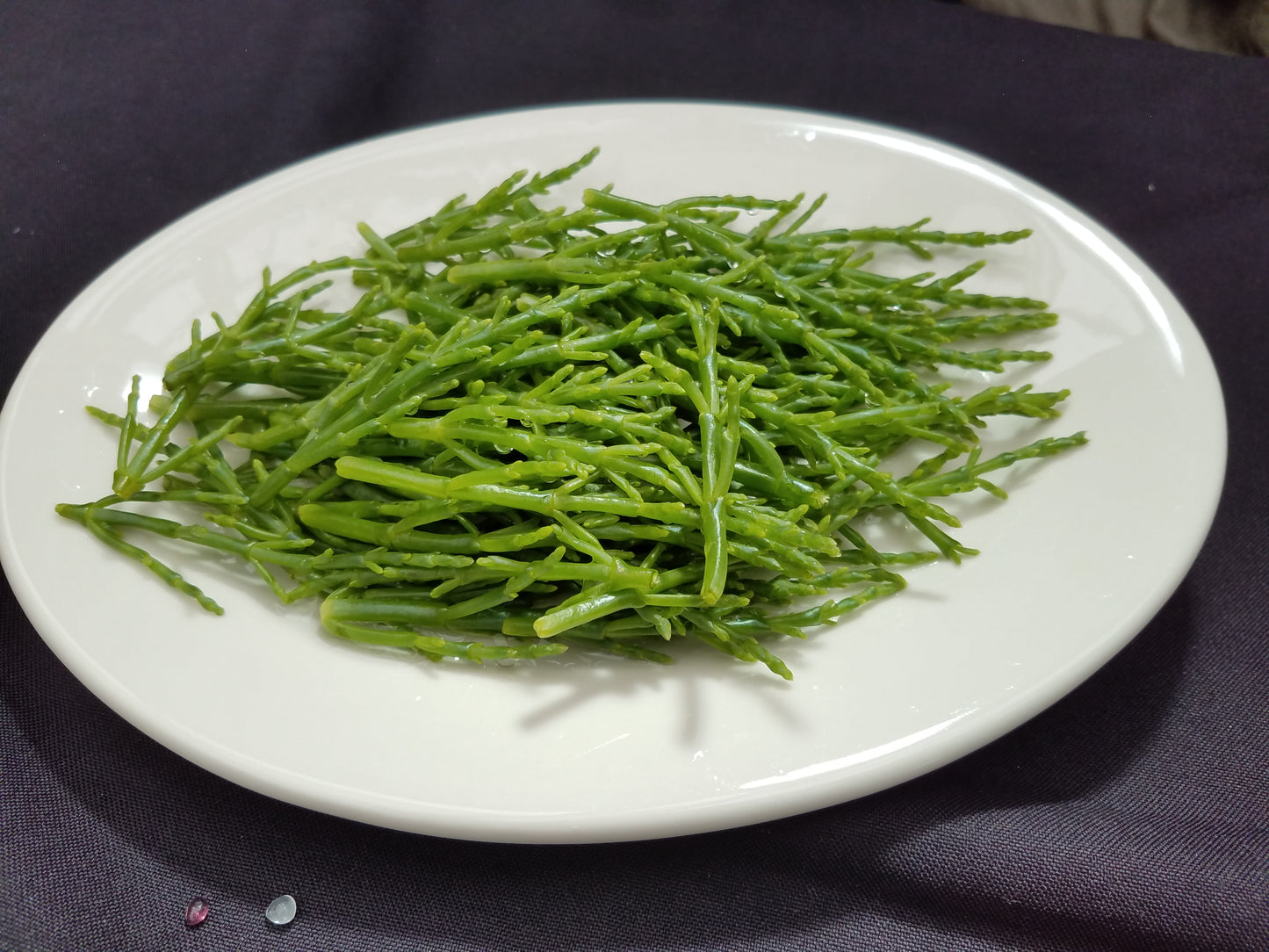
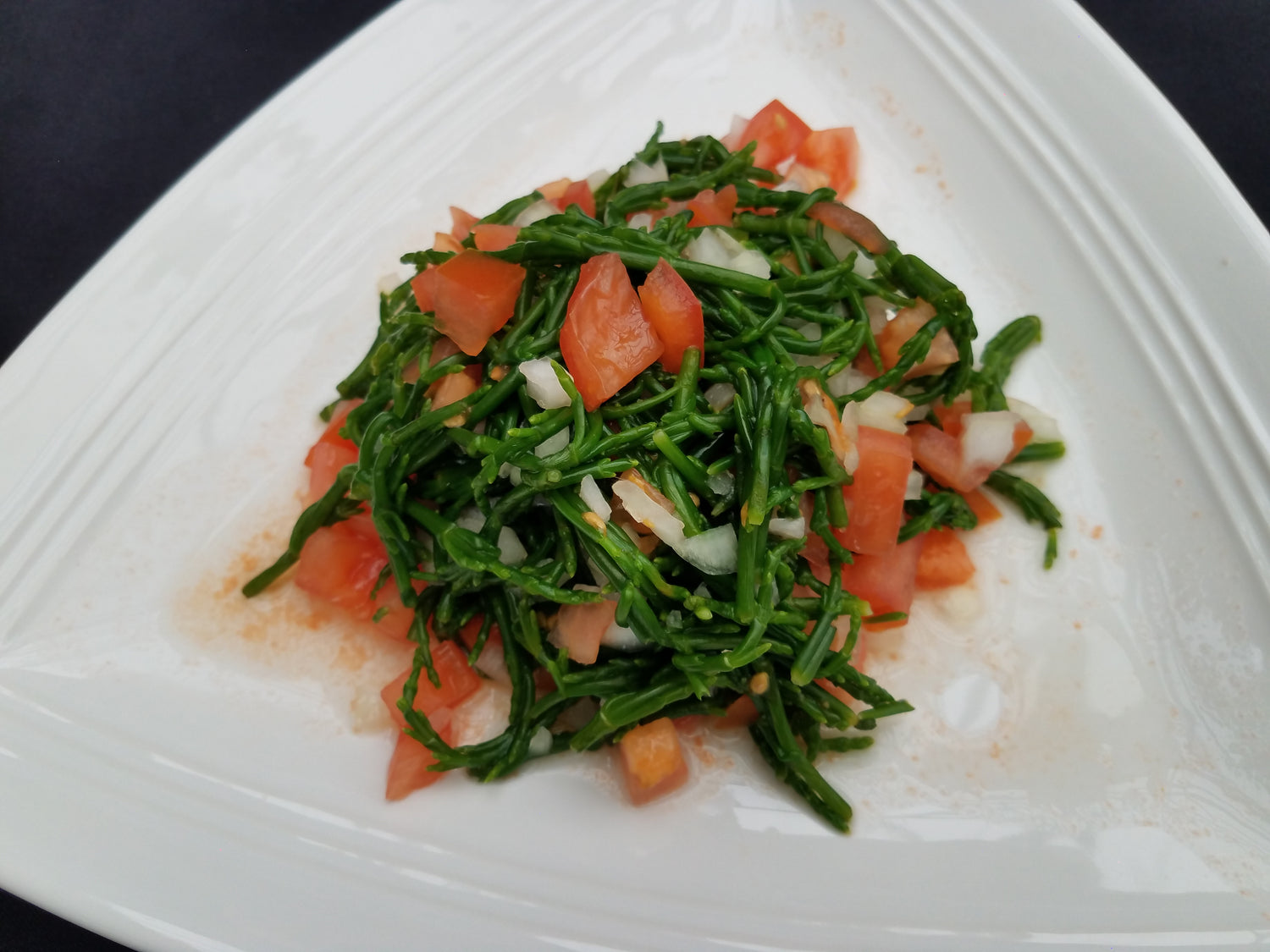
DISCOVER NUTRIOUS RECIPES
Elevate your cooking game with unique recipes using our high-quality products.
Our Customers
Fresh sea asparagus saw early adoption from Hawaii’s top chefs and is now featured in a variety of high-end restaurants like Roy's, Mariposa, Forty Carrots, and Duke’s. Our products can also be found in grocery stores such as Marukai and Foodland.
Dry Ogo
Ogo or Limu is the Hawaiian word for edible seaweed. Our thin Kahuku ogo, Red ogo, Robusta ogo, and Sea Lettuce are briny and crunchy, and packed with soluble dietary fiber, vitamins and minerals, antioxidants, and anti-bacterial agents. They’re also delicious ingredients in Ahi poke.
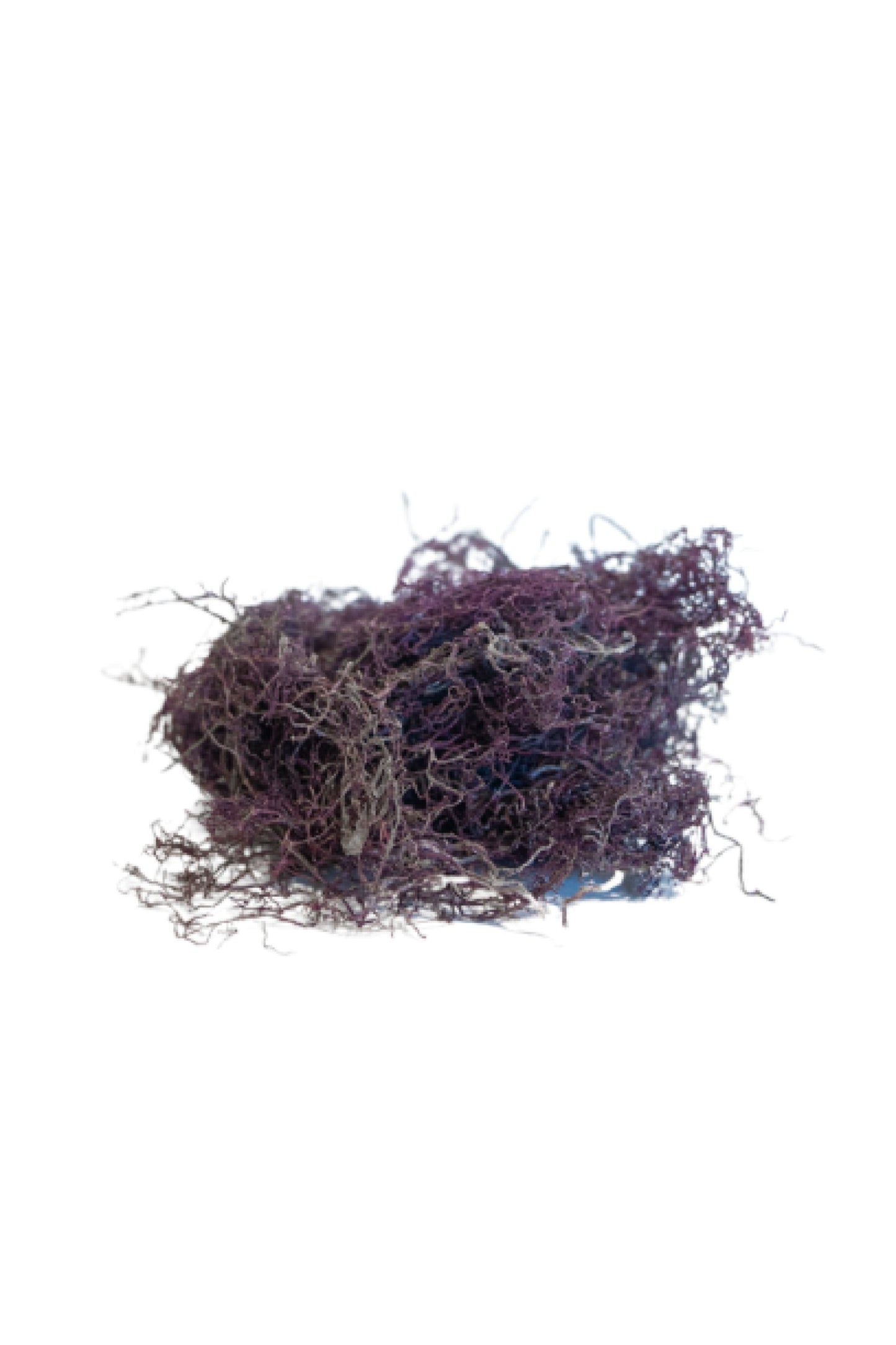
health from the sea
FREQUENTLY ASKED QUESTIONS
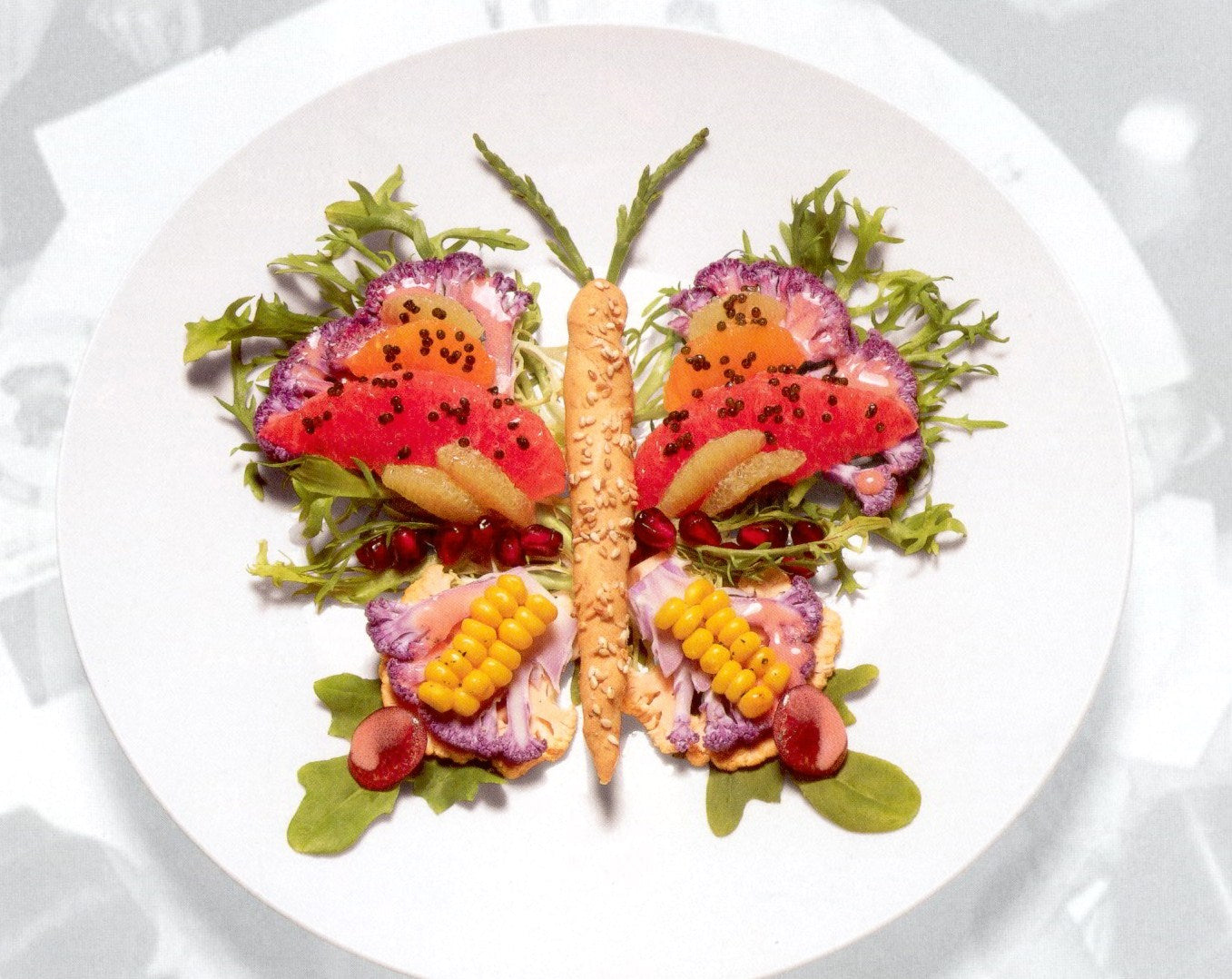
What are your products?
Our Ogo product line includes:
- Kahuku ogo (Gracilaria tikvahiae) also called short ogo or brown ogo. It is a skinny crunch with ocean flavor.
- Red ogo (Gracilaria parvispora) also called red seaweed or long ogo. It is soft but crunchy with slightly onion flavor. It was the most common limu in Honolulu fish market in 1970’s.
- Robusta ogo (Gracilaria salicornia) also called Kona ogo or Gorilla Ogo. It is hardy and super crunchy with strong briny.
- Sea lettuce (Ulva lactuca). It is a vegetarian flavor with natural vitamin B12.
- Pickled ogo is available in an 8 oz and 16 oz package. It is delicious.
- Dry ogo is available for both Kahuku and Red ogo. It retains its crunch after rehydration. It is good for shipping and storage.
How are they produced?
Kahuku ogo, Red ogo and Sea lettuce are cultivated along with hydroponically grown Sea asparagus in saltwater ponds with clean brackish well water in Kahuku, on the north shore of Oahu, Hawaii. Sea asparagus suppresses microalgae, cleans the water, and creates a near perfect environment for the ogo naturally to grow in it. On the other hand, the ogo provides oxygen and soluble nutrients in the saltwater, supporting the production of Sea asparagus. Inspired by this amazingly symbiotic phenomenon that happened in Kahuku, we named the brown ogo after “Kahuku” in 2016.
Robusta ogo is cultivated in a tumble tank system with clean brackish well water.
Why choose our ogo products?
They are safe and healthy sea vegetable products made in clean and beautiful Hawaii, USA. Our mariculture or tank cultured ogo products are free from bacteria, toxic pesticides, heavy metals, and radioactive substances because clean costal well water is used for the production. All ogo products are available all year round.
The Kahuku ogo and Sea lettuce can be kept in refrigerated condition for 7 to 10 days. Robusta and Red ogo can be kept in room temperature for 5 to 7 days.
The dry ogo can last at room temperature for over 2 years. It is economic for shipping and storage. Limu or ogo is recognized as a superfood for wellness. They are packed with protein, soluble dietary fiber, vitamins, minerals (especially Iodine, Iron, and Magnesium), antioxidants and anti-bacterial agents. Particularly, there is 8.35 mcg of Vitamin B12 per 100g of our pond cultivated Sea lettuce.
When to use our ogo products
Fresh or blanched Kahuku, Red, and Robusta ogo are often used as delicious ingredients in Ahi poke, or salad, or sushi. They are also pickled with onion, etc.
Thin Kahuku Ogo can be cooked for soup.
Limu or ogo has been used traditionally in Hawaii as a food additive and condiment.
Sea lettuce can be dried on a very low, slow heat in the oven. You can crush it up and sprinkle it into hot dishes, such as soups, stews, noodle sauces, rice dishes, main meals, etc.
Dry ogo can be rehydrated for making poke products and soups.
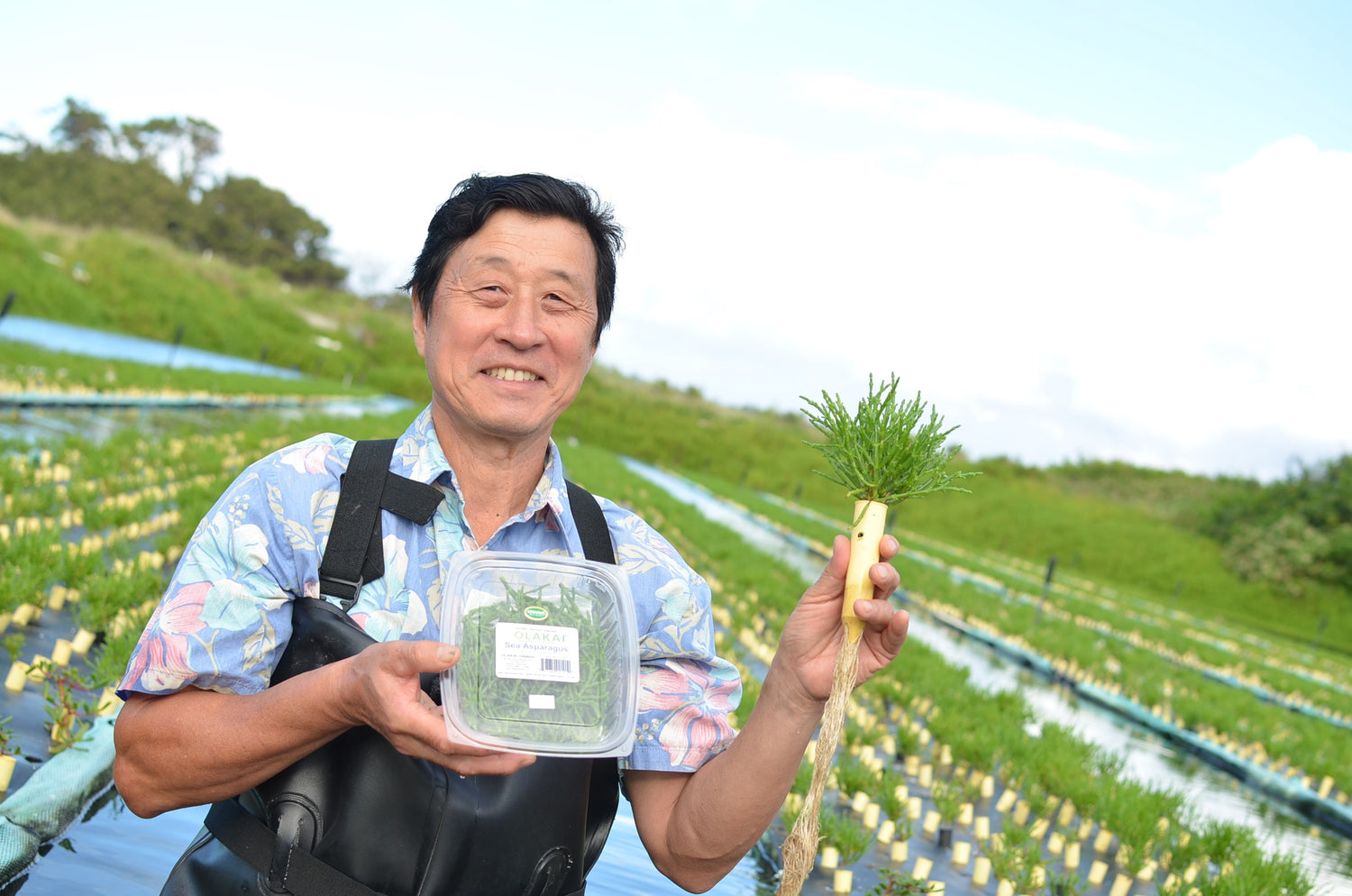
OUR TEAM
WENHAO H. SUN, PH.D
Dr. Sun is the Co-founder and President for Olakai. In addition to his role with the company, Dr. Sun has worked for several organizations in the area of phytoremediation. He is trained in multiple disciplines including plant stress physiology, weed science, molecular biology, and was a six-year postdoctoral researcher, three-year Assistant Researcher, one-year industrial environmental consultant, specializing in phytoremediation of polluted coastal water and soils. His passion in agriculture from his young age and his interests in molecular mechanisms of salt tolerance of halophytes and applied biotechnology have led him to founding Olakai (formerly Marine Agrifuture).
Press Coverage
-

Marine AgriFuture: Harvesting Sea Vegetables on North Shore
READ MOREBefore my first ever trip to Hawaii, certain local culinary products were nearly inevitable, including poke, malasadas and shaved ice. Those experiences all came to fruition, but it was some of the unexpected stops that were most surprising and rewarding.
-

Olakai Hawaii and the Benefits of Sea Asparagus
READ MOREOlakai Hawaii is the only farm to commmercially grow Sea Asparagus in the entire United States. It is the largest grower of ogo or limu in Hawaii as well and both grow in Saltwater Ponds, a place that owner Wenhao Sun says usually kills vegetable crops.
-

Hawaii’s thriving aquatic farms
READ MOREUnderneath a series of awnings amid an old lava flow along the Kona Coast, dozens of long troughs are organized in neat rows. Each is constantly refreshed by bubbling streams of water—close your eyes and listen, and you’d think you were standing in front of a soothing fountain.

